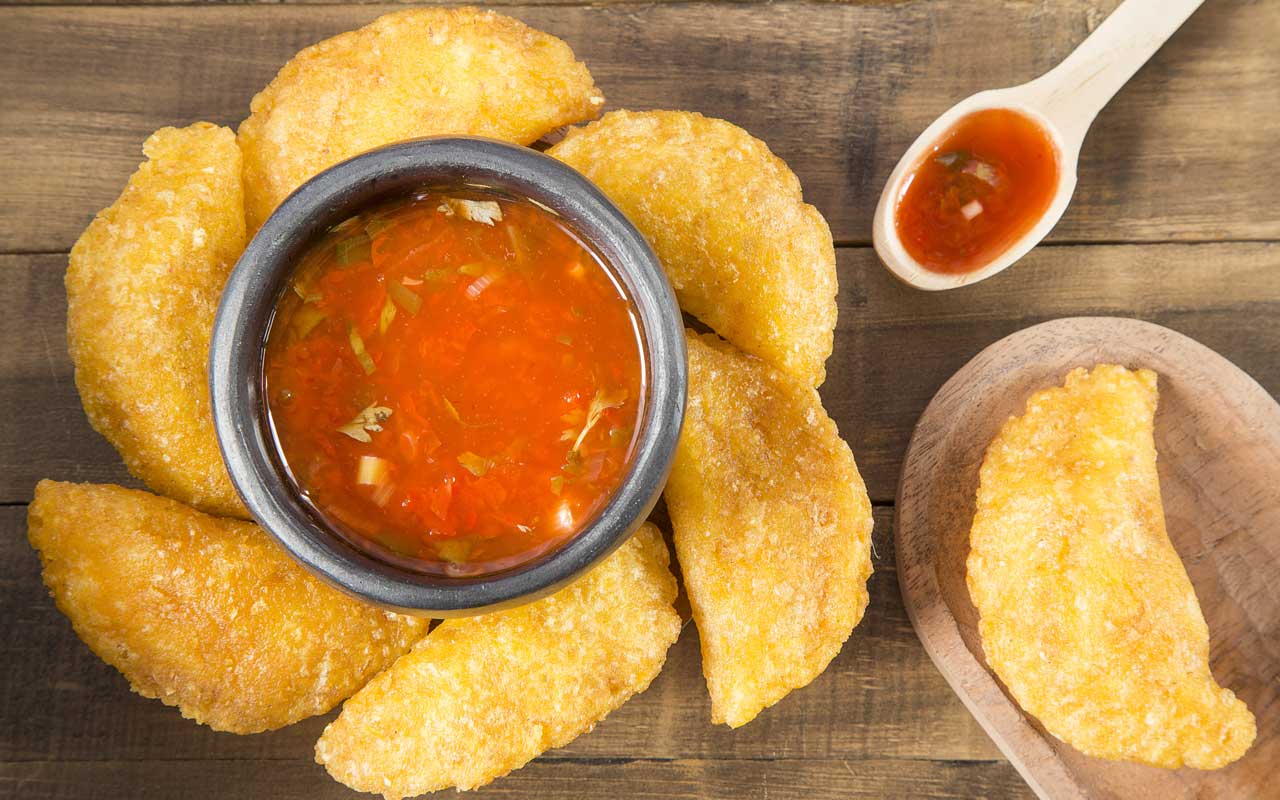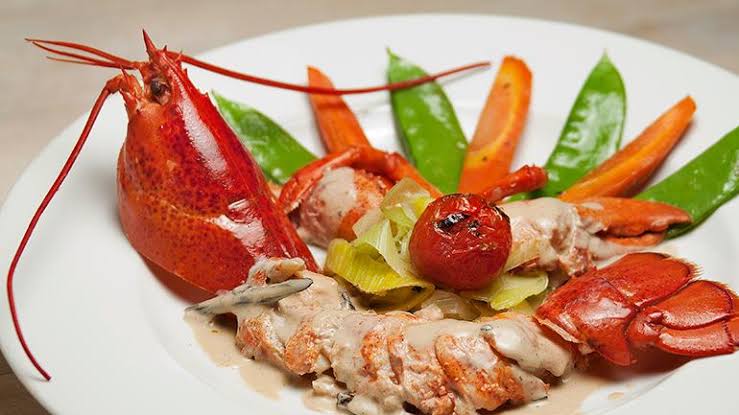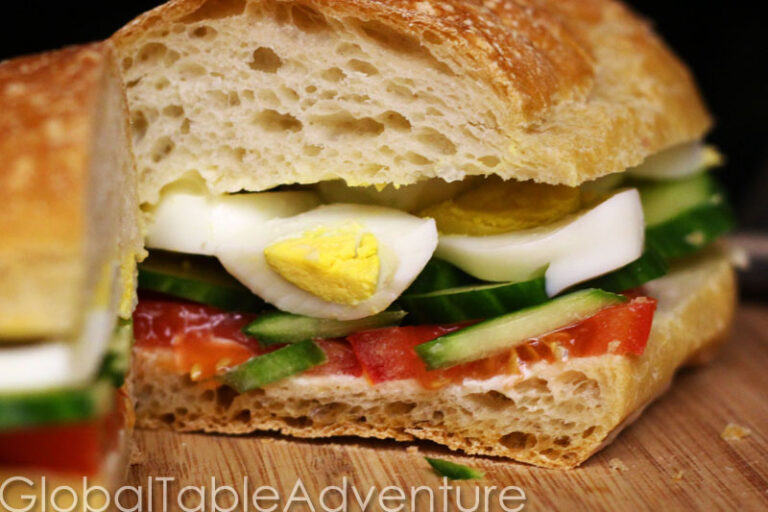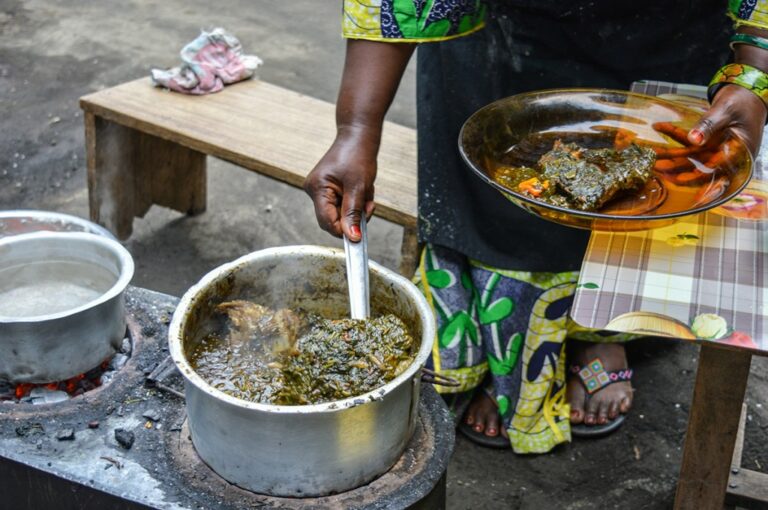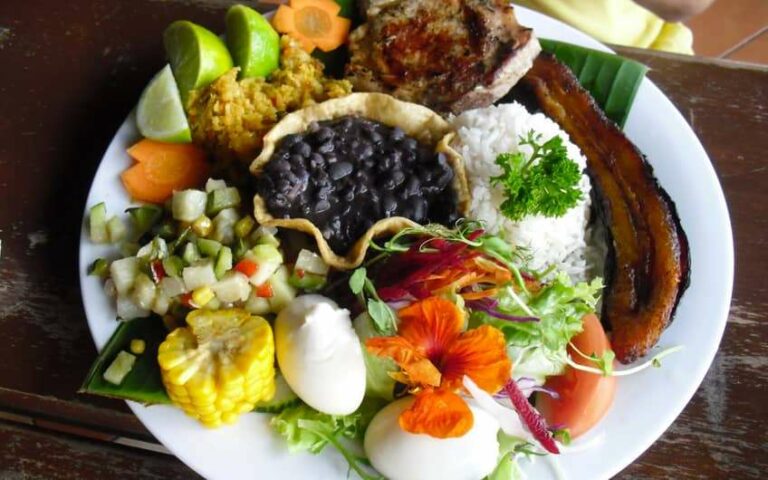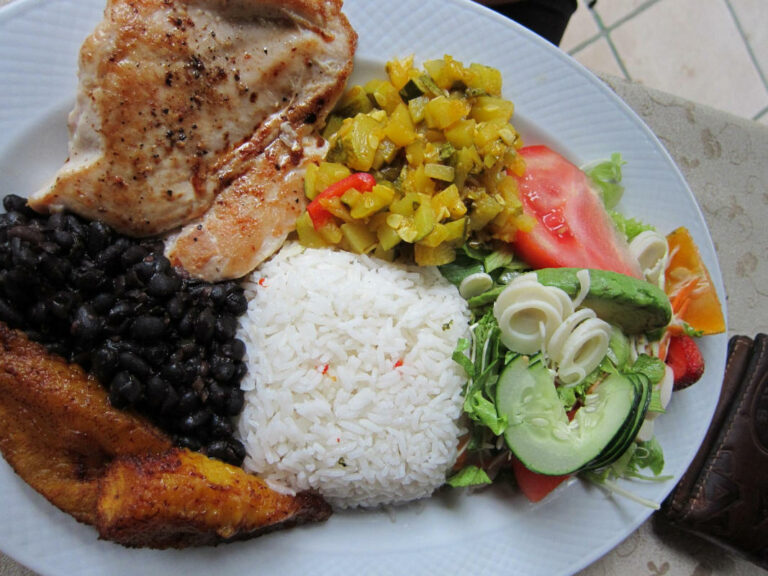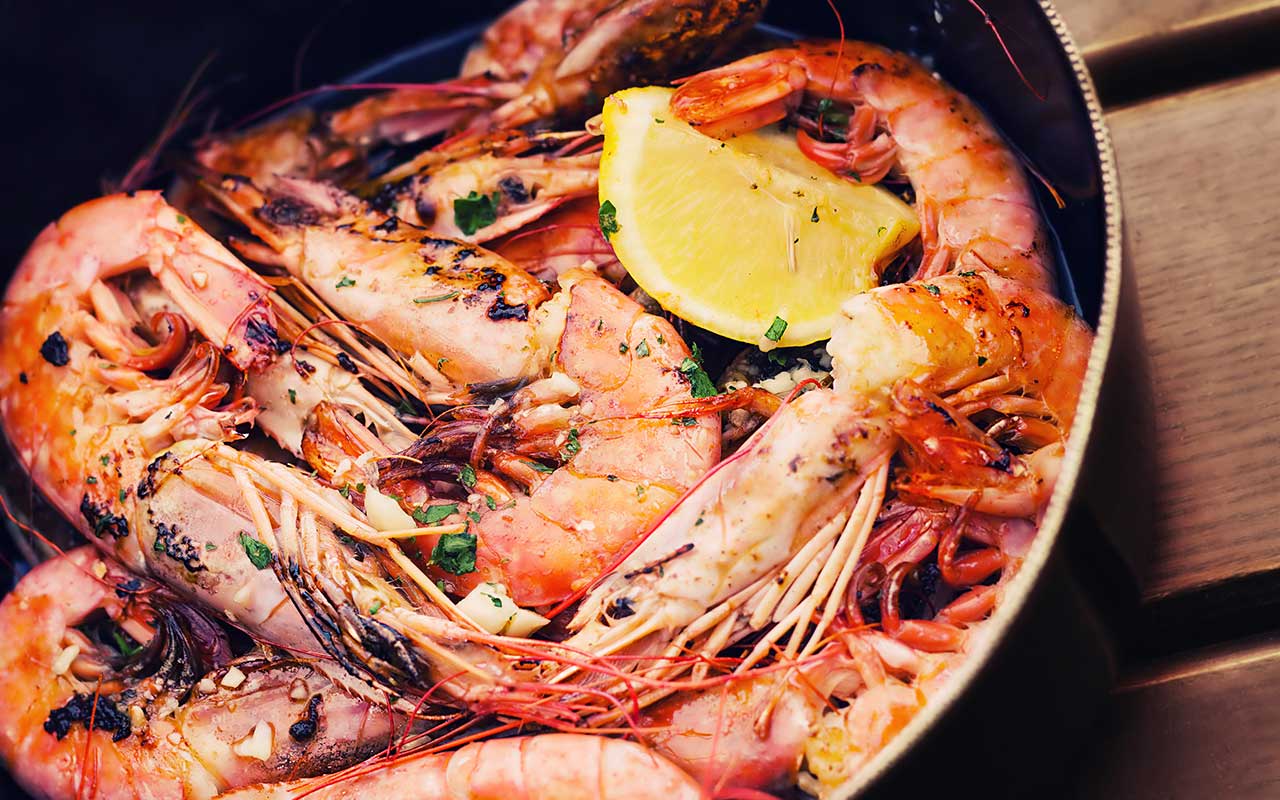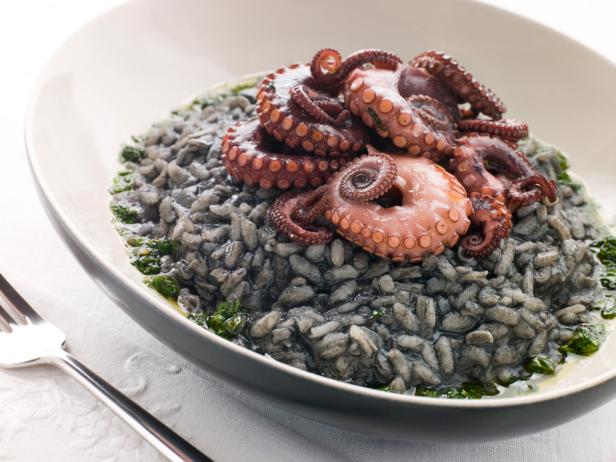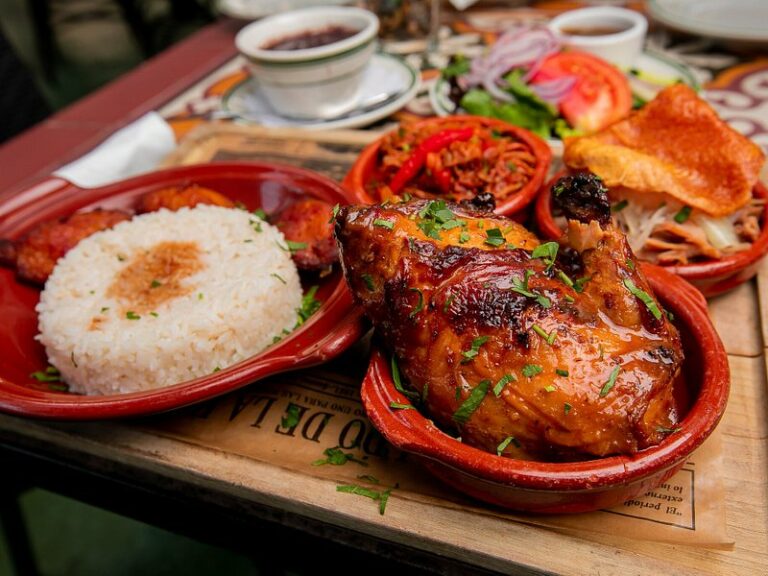Introduction: Exploring Colombia’s street food scene
Colombia’s street food scene is a reflection of the country’s rich and diverse culinary heritage. From traditional dishes to fusion cuisine, the streets of Colombia offer an array of flavors and textures that are both unique and delicious. Whether you’re a foodie or a curious traveler, exploring Colombia’s street food markets and areas is a must-do experience.
Bogota’s famous street food market, Paloquemao
Bogota’s Paloquemao market is one of the most famous street food markets in Colombia. It’s a bustling hub of activity where vendors sell everything from fresh produce to cooked food. The market is particularly known for its exotic fruits and vegetables, which include lulo, guanabana, and zapote. Additionally, visitors can sample traditional Colombian dishes, such as ajiaco, sancocho, and empanadas, which are all must-try street foods.
Cali’s bustling food scene: San Antonio neighborhood
Cali’s San Antonio neighborhood is a food lover’s dream come true. The area is filled with street food stands that offer a variety of dishes, including tamales, arepas, and chontaduros. While strolling through the neighborhood, visitors can also indulge in traditional Colombian sweets, such as obleas and arroz con leche. Don’t forget to try the famous lulada, a refreshing drink made with lulo and water.
Medellin’s Comuna 13: From violence to gastronomy
Medellin’s Comuna 13 was once known for its high crime rates, but today it’s a thriving gastronomic hub. The area’s street food vendors offer a variety of dishes, including bandeja paisa, arepas, and buñuelos. Visitors can also sample exotic fruits such as borojo and granadilla. Don’t miss the opportunity to try the famous Medellin-style hot dogs, which are topped with quail eggs and crushed potato chips.
Coastal charm: Cartagena’s street food offerings
Cartagena’s street food scene is a blend of African, Spanish, and indigenous influences. The city’s vendors offer a variety of dishes, such as ceviche, fried fish, and coconut rice. Visitors can also indulge in sweet treats like cocadas and bunuelos de viento. Don’t forget to try the famous limonada de coco, a refreshing drink made with coconut water and lime.
Barranquilla’s Carnival: A food lover’s paradise
Barranquilla’s Carnival is not only a celebration of music and dance, but also a food lover’s paradise. During the festival, the city’s streets are filled with vendors selling traditional Colombian dishes, such as arepas, empanadas, and fried fish. Visitors can also sample exotic fruits like corozo and uchuva. Don’t forget to try the famous fritos, a popular street food made with fried plantains and meat.
Exploring traditional cuisine in Popayan’s Mercado Publico
Popayan’s Mercado Publico is a traditional market that offers a variety of Colombian dishes. Visitors can sample dishes like tamales, chontaduros, and cuy (guinea pig). The market is also known for its sweet delicacies, such as natilla and arroz con leche. Don’t miss the opportunity to try the famous champus, a refreshing drink made with maize, panela, and lulo.
Conclusion: Colombia’s street food markets offer a unique culinary experience
Colombia’s street food markets and areas are a reflection of the country’s rich culinary heritage. From traditional dishes to fusion cuisine, the streets of Colombia offer a variety of flavors and textures that are unique and delicious. Whether you’re a foodie or a curious traveler, exploring Colombia’s street food scene is a must-do experience. So, don’t hesitate to try the different dishes and drinks that Colombia’s street food vendors have to offer.

